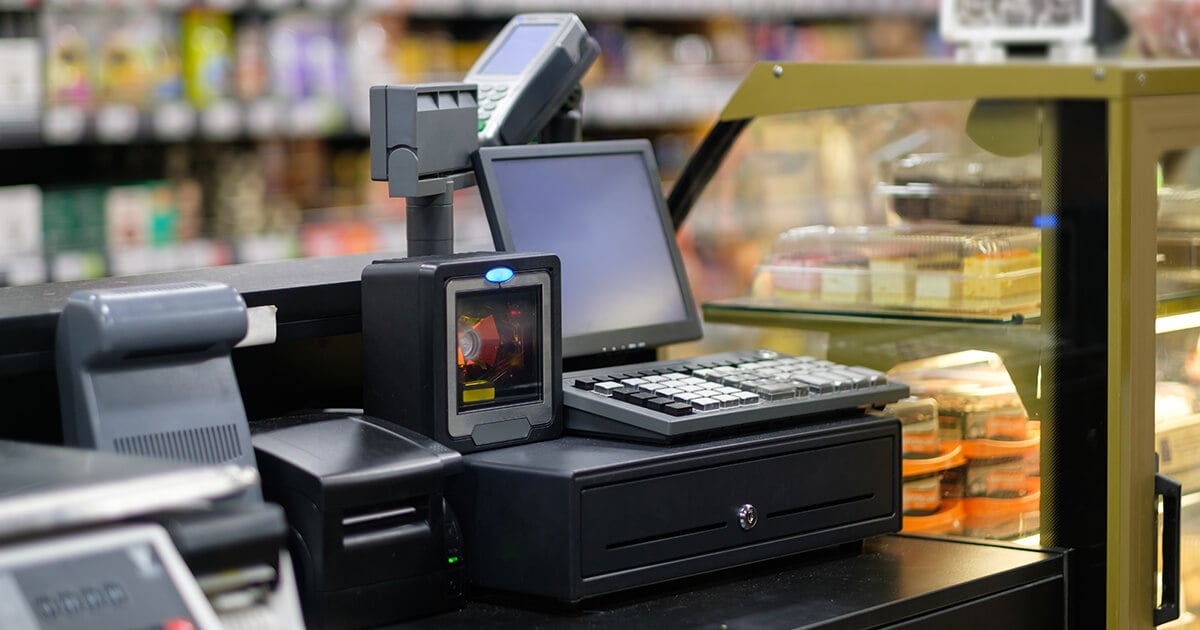
A store’s point of sales system hardware is an essential part of the retail transaction, and in order to get the most value out of their investment, it is important to keep these systems maintained. Here are a few of the areas which stores will need to be aware of in order to ensure that they are getting the most out of their POS systems:
